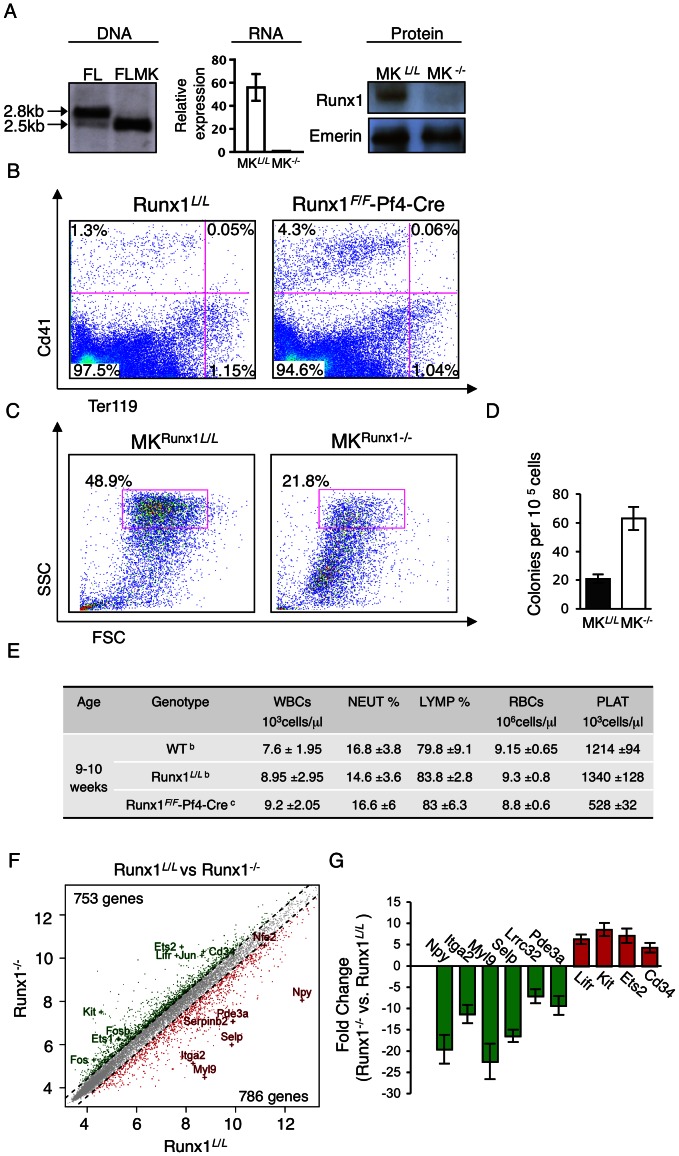Figure 2. Loss of Runx1 impairs FL-MK maturation.
(A) Left panel; Southern blot analysis of BamH1 digested E14.5 FL cell DNA from Runx1F /F-Pf4-Cre mice (FL) and mature purified FL derived MKRunx1−/− (FLMK). Middle panel; RT-qPCR analysis of Runx1 expression in MKRunx1−/− relative to MKRunx1F/F cells. Data represent the mean ± SD of two independent experiments performed in triplicates. Right panel; Western blot analysis of FL-MKRunx1L/L (MKL /L) and FL-MKRunx1−/− (MK−/−) nuclear extracts using anti-Runx1 antibody. Emerin was used to monitor the amount of loaded protein. (B) FACS analysis of bone marrow (BM) cells derived from Runx1L /L and Runx1F /F-Pf4-Cre mice. Cells were cultured for 3 days with TPO 50 ng ml−1 stained with anti-CD41-PE and anti Ter119-FITC antibodies and analyzed by FACS. (C) FACS analyses of cultured (7 days plus TPO) FL MKRunx1L/L and MKRunx1−/− by forward scatter (FSC) Vs side scatter (SSC). (D) Assessment of colony forming unit megakaryocytes (CFU-meg) of E-14.5 FL cells derived from Runx1L /L or Runx1F/F-Pf4-Cre embryos. Data represent the mean ± SD of two independent experiments performed in triplicates. Increased colony numbers in Runx1F /F-Pf4-Cre, relative to Runx1L /L mice, was statistically significant [P = 0.002]. (E) Analysis of hematopoietic indices in blood of WT, Runx1L /L and Runx1F /F-Pf4-Cre mice. Analysis was carried out using blood samples (n = 5b or 8c) obtained by bleeding the orbital sinus: RBCs, red blood cells; WBCs, white blood cells; NEUT, neutrophils; LYMP, lymphocytes; PLAT, platelets.(F) Gene expression alterations in maturating MK lacking Runx1. Genes are plotted based on their expression level (log2 scale) in MKRunx1−/− vs MKRunx1L/L. Genes showing 1.5-fold increase or decrease in expression levels are indicated in green or red, respectively. Examples of up/down-regulated genes known to play role in megakaryocytic differentiation and cell proliferation are indicated. (G) Validated expression levels of several Runx1 responsive genes by RT-qPCR using RNA from either FL-MKRunx1L/L or FL-MKRunx1−/−. The data represent means ± SD of two experiments performed in triplicates.

